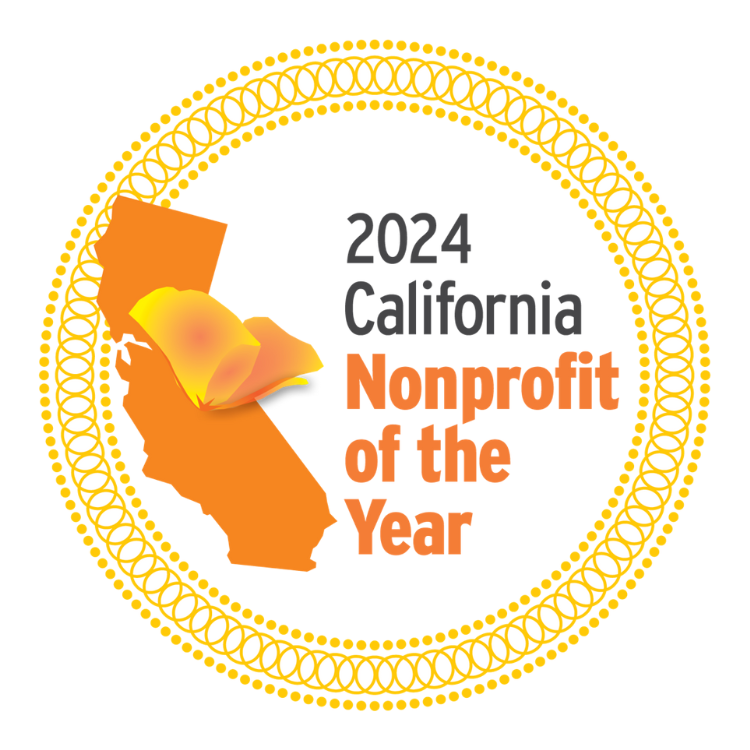As part of our living shorelines restoration project we have been monitoring restored native eelgrass and restored oyster habitat since 2016. Below, is a sneak peek at what we do and how it works.

Oysters are filter feeders, meaning they extract small particles of organic matter from the water in order to feed. In doing so, they remove excess nutrients from urban and agricultural runoff. This helps prevent harmful algal blooms and encourages natural processes like the nitrogen cycle to occur.
The Olympia oyster is native to the west coast of North America and are known to settle on other oyster shells on mudflats. This accumulation of oyster shells along coastlines and estuaries works as a natural barrier to reduce the potential for coastal erosion. This is especially vital in our own Newport Bay because of the consistent boat traffic and seaside homes that reside upon the cliffs overlooking the bay. This habitat also attracts other critters and filter feeders like mussels, which further provide benefits to the bay.
Once a year, our team of scientists and gracious volunteers wake up in the middle of the night for four days straight to chase the early morning tide out and observe how the restored oyster beds are performing.


Here’s how these surveys are done:

- We randomly sample areas within the oyster beds, using a PVC quadrat (white square pictured) to define our sampling area. This lined quadrat allows us to record our findings quantitatively by each point so we can get an idea of what’s happening at each site.

- We also use a small chain to measure the rugosity, or complexity of the surface area of the bed. Generally, higher rugosity means more oyster shells.
- With a smaller quadrat we then excavate (or collect) all the hard shell within this space. We take this collected sample back to the lab to count and examine the oysters and other creatures that have made the mudflat their home.


- The holes created by these excavations are filled with replacement oyster shells to create keep the space for the native oysters to settle on.

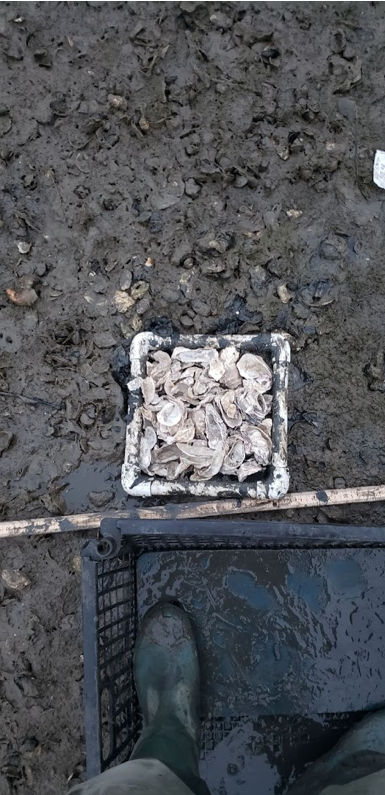
- Finally, we measure the total area of the beds to see if they are expanding or migrating.
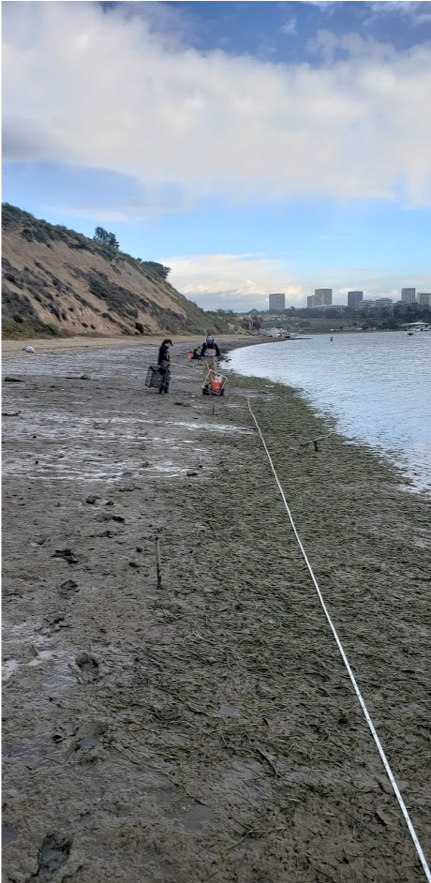
Through this work and the help of our supporters, we can provide a healthier and more sustainable coastline. Let’s return these habitat-forming species with their crucial ecological roles to Upper Newport Bay! Visit our restoration page to learn more.
About the Author:
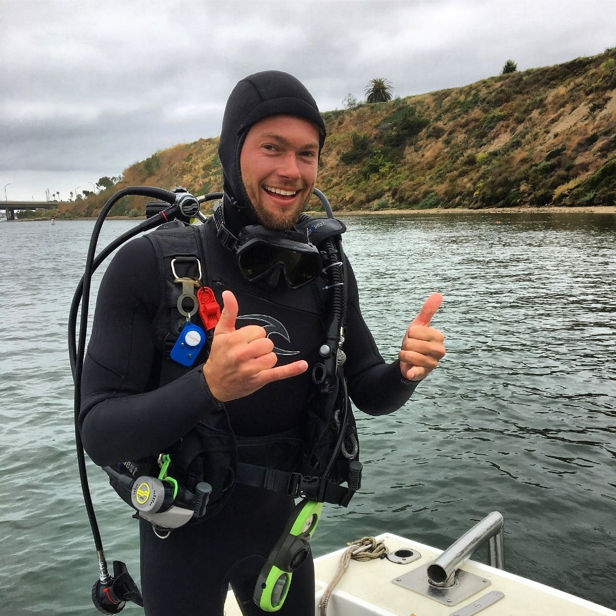
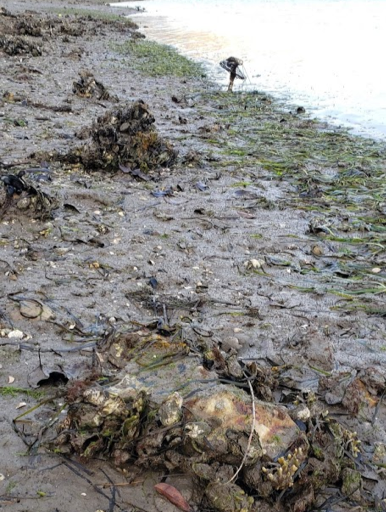
Mason Emery is currently a Masters student in Coastkeeper’s partner Danielle Zacherl’s Marine Ecology Lab at California State University Fullerton.
His research focuses on eelgrass restoration and their relationship with oyster habitat. He aims to help preserve and protect the bay by restoring both of these habitat forming species for the benefit of all who enjoy its many attractions. For more information, contact Mason at memery@csu.fullerton.edu and visit zacherllab.com.



